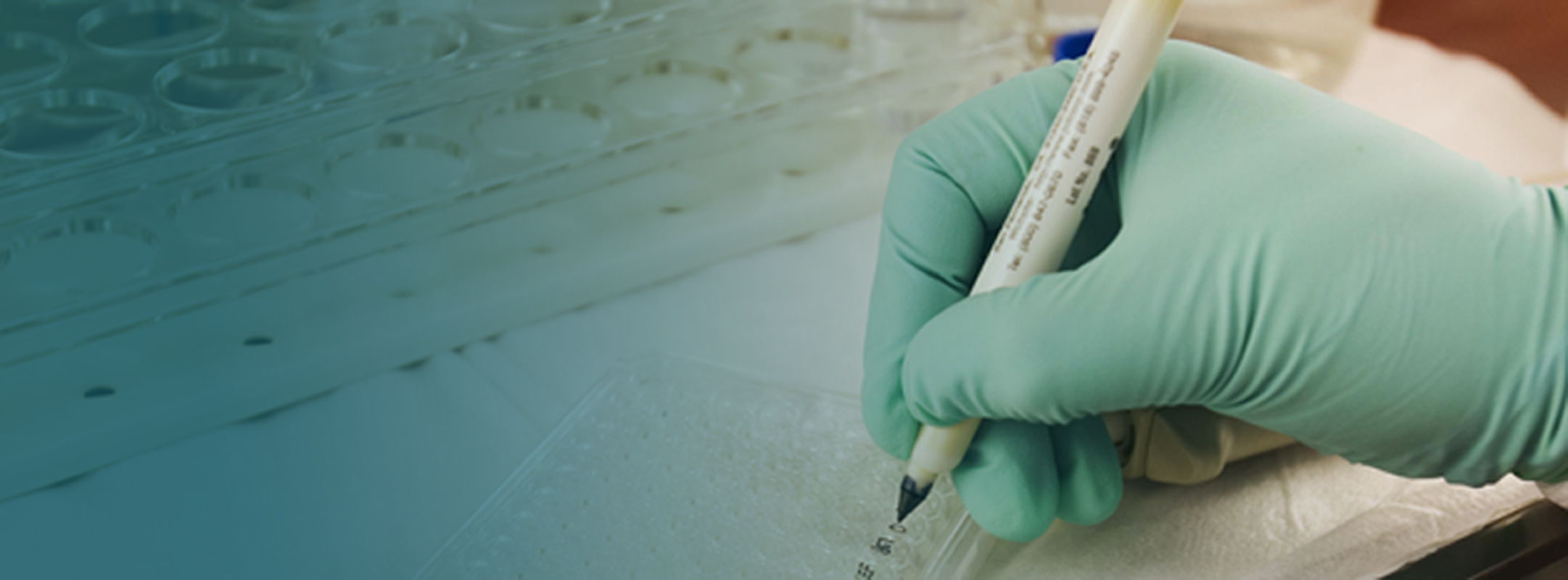A sub-Saharan African donor’s blood has yielded remarkable finds that could be crucial in the search for an AIDS vaccine. An infected donor’s immune system naturally made potent antibodies, which lab tests showed could effectively recognize and neutralize about 50 percent of all HIV-1 strains circulating around the world. HIV-1 is the most widespread HIV type globally. Researchers managed to observe and understand the process of how the immune system developed these antibodies.
The study undertaken by scientists from the International AIDS Vaccine Initiative, The Scripps Research Institute, the University of California San Diego, Monogram Biosciences Inc., Rwanda-Zambia HIV Research Group, Academia Sinica, the Ragon Institute of Mass General, MIT, and Harvard, and the Institut de Biologie Structurale (Université Grenoble Alpes/CEA/CNRS) was published today in the journal Immunity.
Antibodies from a family the team named PCDN progressively developed into broadly neutralizing antibodies to block replication of a broad spectrum of HIV variants. “If we can make a vaccine that instructs the immune system to make broadly neutralizing antibodies then we very likely can prevent infection,” said study co-author Dr. Pascal Poignard. However, the development of sophisticated broadly neutralizing antibodies is usually a complex and lengthy process. Only a small portion of people living with HIV actually succeeds in making them.
“Antibodies from the PCDN family are not very sophisticated. They’re fairly normal, in fact. The observation that they have nevertheless developed the ability to neutralize a broad spectrum of HIV variants is very good news,” Poignard said. “We think that if we can mimic with a vaccine the process that occurred in this donor, then we could elicit a response that, if combined with other antibodies against other HIV strains, could prevent the infection from taking hold. We’ll now design the immunogens we need to make just such a vaccine.”
PCDN family antibodies lock onto the spikes that jut out of the HIV outer envelope. These spikes are the same structures that allow the virus to attach to its host’s cells and infect them. What makes PCDN so effective is that the antibodies target a specific region of the spike, called the high mannose patch, which is common to many of the HIV-1 strains globally. Of the small group of HIV-infected people who make broadly neutralizing antibodies, more than a third produces antibodies that target this region of the spike. This fact makes the new find even more exciting, as it appears that the high mannose patch is a favored target for the immune system.
The team watched as the antibody family evolved over time while interacting with the virus, eventually being able to neutralize more and more strains. “We saw differences in the way the antibodies started recognizing the HIV spike,” said Poignard. “By the end of the study, the later antibodies’ activity became broader and broader until they got to around 50 percent of circulating HIV-1 strains.”
The researchers screened blood samples provided by more than 400 voluntary donors from nine sites in sub-Saharan Africa. Samples had been collected as part of Protocol C, one of the largest and most comprehensive global observational studies. The team exposed different HIV-1 strains to the donors’ serum samples to see if any could neutralize various strains. Any interesting activity allowed the researchers to focus on specific samples and the antibody activity in them. Going in even closer, they then investigated what parts of the virus the active antibodies were attacking and further whittled down the donor list to the individual whose immune system had produced PCDN.
“It took the team six years of passion, patience and endurance, as well as new technologies to track this down,” said Poignard. “HIV is one of the most challenging viruses researchers have ever faced, but we are progressing thanks to innovation and because we must. We need a vaccine to end AIDS.”
About Protocol C
IAVI and partners, with support from USAID, launched Protocol C and other studies in 2006 to better understand how HIV infection and immune responses vary by region and progress over time. Protocol C enrolled more than 600 volunteers who were monitored regularly and tracked once they tested positive for HIV. (All volunteers are provided with or referred for HIV care, including anti-retroviral treatment.) To date, more than 190,000 Protocol C samples have been collected, with 27,000 shared with researchers worldwide and more than 70 related papers published. Protocol C samples are also central to VISTA, an international consortium to design and assess AIDS vaccine candidates for Africa, with Africa.
About IAVI
The International AIDS Vaccine Initiative (IAVI) is a global not-for-profit organization whose mission is to ensure the development of safe, effective, accessible, preventive HIV vaccines for use throughout the world. Founded in 1996, IAVI works with partners in 25 countries to research, design and develop AIDS vaccine candidates. The organization also conducts policy analysis and serves as an advocate for the AIDS vaccine field. It supports a comprehensive approach to addressing HIV and AIDS that balances the expansion and strengthening of existing HIV prevention and treatment programs with targeted investments in the design and development of new tools to prevent HIV. IAVI is dedicated to ensuring that a future AIDS vaccine will be available and accessible to all who need it. IAVI’s work is made possible by generous support from many donors including: the Bill & Melinda Gates Foundation; the Ministry of Foreign Affairs of Denmark; Irish Aid; the Ministry of Finance of Japan in partnership with The World Bank; the Ministry of Foreign Affairs of the Netherlands; the Norwegian Agency for Development Cooperation (NORAD); the United Kingdom Department for International Development (DFID), and the United States Agency for International Development (USAID). The full list of IAVI donors is available at www.iavi.org.
Media Contact
Arne Naeveke
Tel: +1 212 847 1055
[email protected]


 Ragon Institute
Ragon Institute 